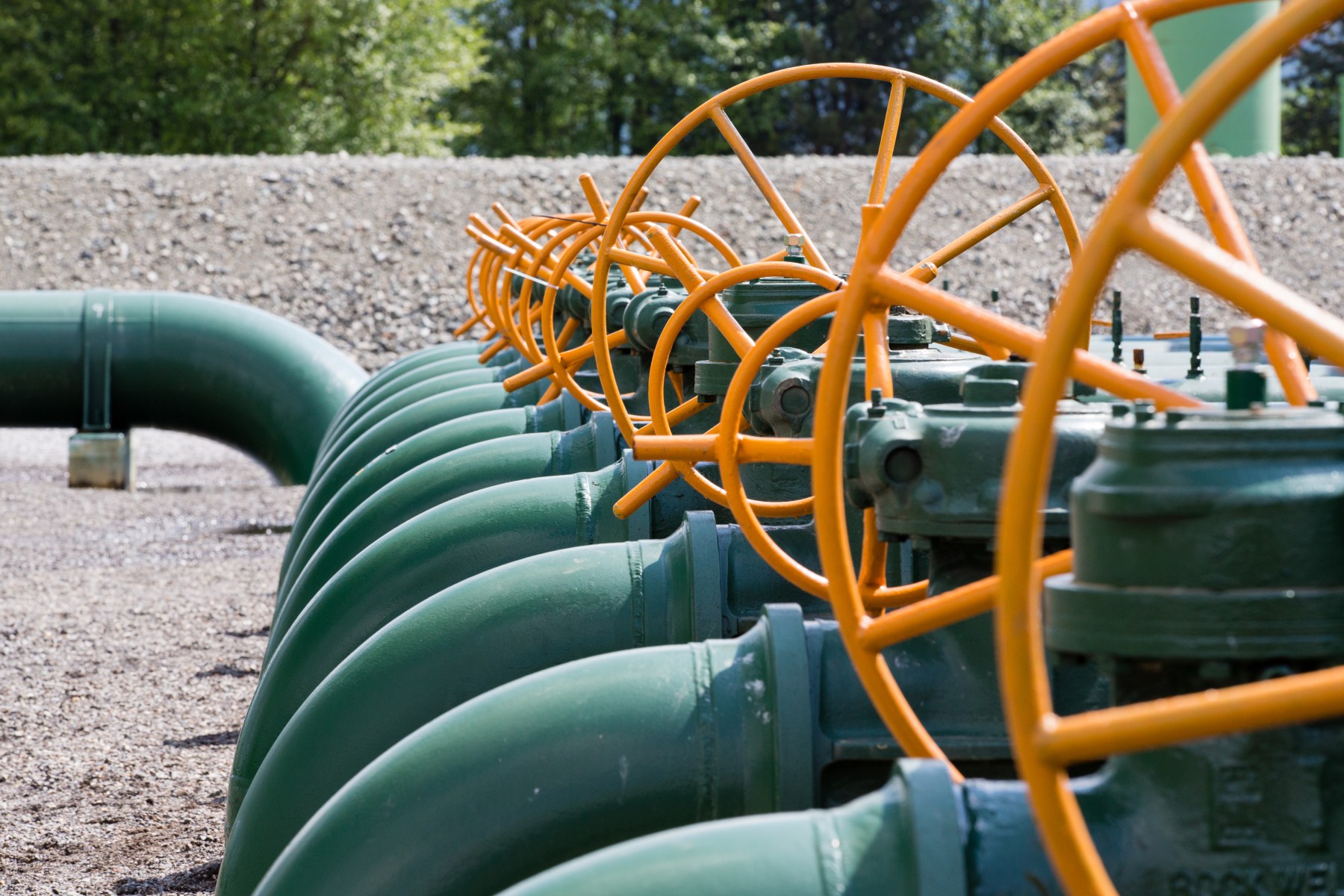When winter storm Elliott crashed into the Pacific Northwest just days before Christmas, Northwest Pipeline was uniquely positioned to meet surging demand to keep homes warm in Washington, Oregon and Idaho.
“It was bone-chilling cold for the Pacific Northwest,” said Gary Venz, director of commercial services for Northwest Pipeline. “Northwest Pipeline’s access to diverse natural gas supplies and natural gas storage on the system enabled Northwest Pipeline to meet peak demand for our customers.”
Northwest Pipeline is a 4,000-mile bi-directional system providing access to British Columbia, Alberta, Rocky Mountain and San Juan Basin gas. The system provides significant interstate gas services to Seattle and Tacoma, Washington; Portland, Oregon; and Boise, Idaho.
Underground and peak LNG storage facilities are key to boosting output when storms like Elliott hit the region.
Natural gas is injected, or liquified in the case of LNG, in the storage facilities in warmer months, when demand is lower, and then withdrawn when usage peaks, usually in the winter.
“It’s like a savings account for a rainy day,” Venz said. “We are saving that natural gas to be used on those peak days to make sure the energy keeps moving. It gives us flexibility so we can be dependable and reliable partners to our customers.”
In fact, on December 22, Northwest Pipeline hit a new record, transporting 4.03 billion cubic feet per day, or about 4 million dekatherms, to natural gas fueled power plants and local utilities serving millions throughout the region.
For all of 2022, Northwest Pipeline established an annual throughput record, transporting in excess of 900 billion cubic feet of natural gas for its customers.
Venz said demand for natural gas is growing in the Pacific Northwest as coal-fired power plants are retired and the region relies on natural gas fired power generation plants as a critical resource and reliable backstop to renewables like wind and solar.
“The Northwest Pipeline system is more important now than it ever has been and having access to storage is a critical piece of the infrastructure required to meet demand on cold days,” he said.
